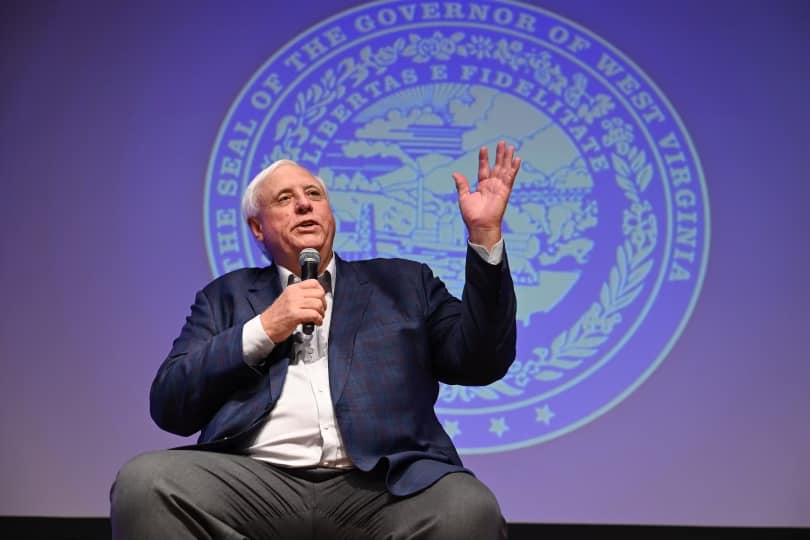More than 300 jobs and $220 million in business investments are headed to the Mountain State in the near future.
During the annual summit of the West Virginia Chamber of Commerce in Greenbrier County Wednesday, Gov. Jim Justice announced that three out-of-state companies were expanding into West Virginia.
Prime 6, a manufacturer of renewable wood and charcoal fuel products, is opening a factory in Buckhannon, a city in Upshur County, with a $35 million investment. The expansion will create 75 new jobs locally.
Founder and CEO Riki Franco said her company had spent more than two years searching for a home base for the facility when they landed on the Mountain State.
“We realized that the team there had a completely different approach to bringing both innovation and being pro-business to make sure that the companies are successful here in the state,” she said.
The new facility is set to begin operations in the next few months.
HandCraft Services, a medical linen and apparel manufacturer, is opening two new plants in Berkeley County with a $59 million investment, creating 220 new jobs in West Virginia’s Eastern Panhandle.
The company was founded in 1970 and today produces more than 110 million pounds of medical linen annually for 143 hospitals. Its first West Virginia plant is slated to open in 2025, and its second is planned for 2026.
The company’s “commitment to creating high-quality jobs and investing in our communities demonstrates their confidence in our workforce and business environment,” said Mitch Carmichael, secretary of the West Virginia Department of Economic Development, in a Wednesday press release.
Lastly, energy tech company Babcock & Wilcox is creating a hydrogen production facility in Mason County with a $126 million investment. The project is expected to create 28 new jobs.
“Babcock & Wilcox’s decision to bring their technology and expertise here is a testament to our state’s growing reputation as a hub for innovation and forward-thinking energy solutions,” Justice said in the press release. “This investment not only creates jobs but also positions West Virginia to continue being the leader in the energy industry.”
During Wednesday’s summit, the governor reflected on business opportunities during his tenure and expressed hope for further economic development in the years following his term.
“Keep it going, West Virginia,” he said. “I’ve told you many, many times, you’re the engine.”
